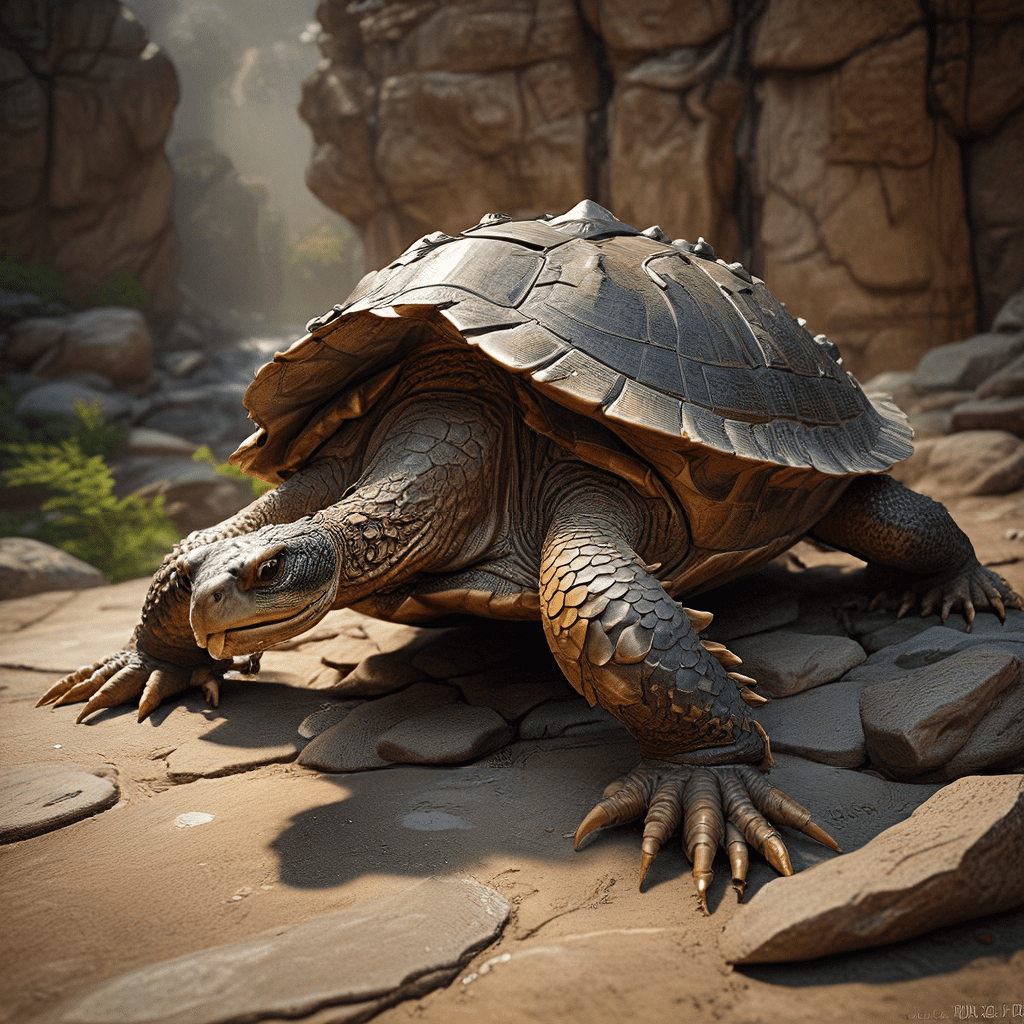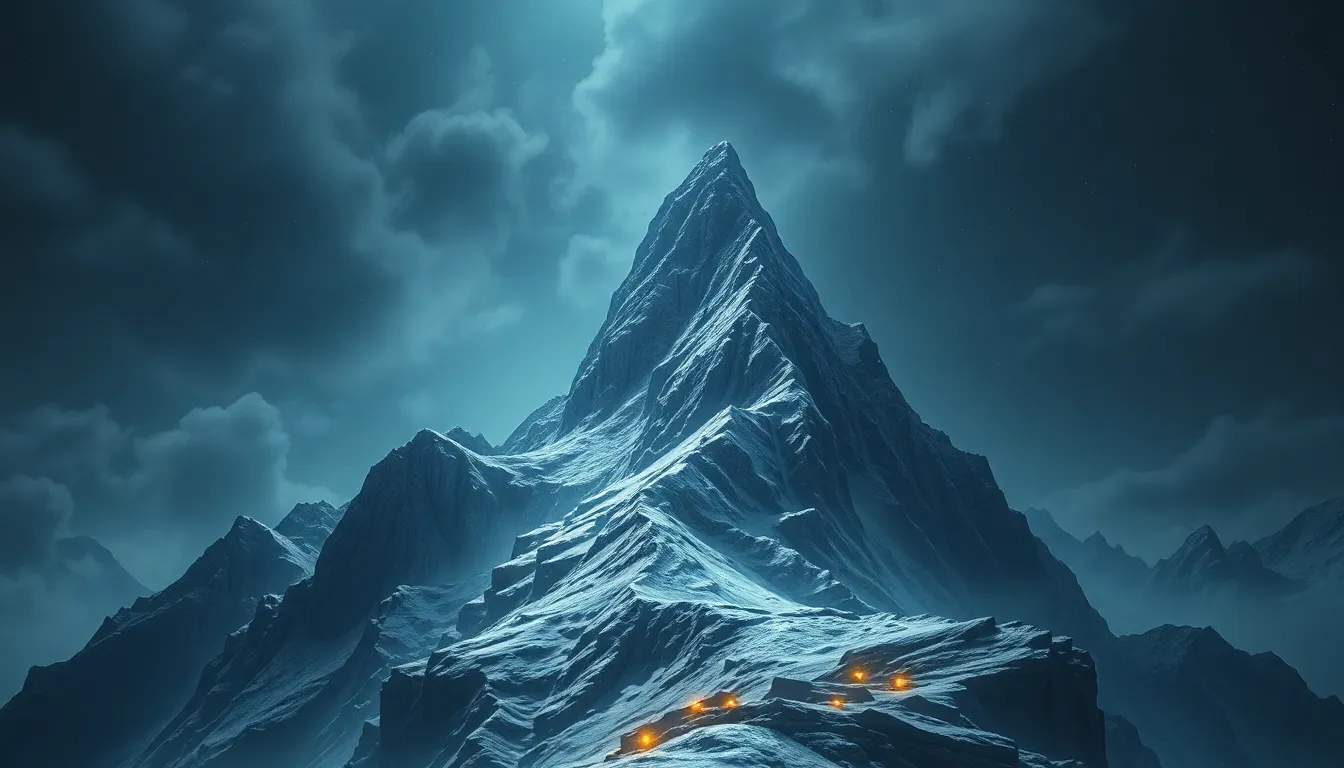The Trident of Poseidon: Mastering the Seas with Myth
I. Introduction
In Greek mythology, Poseidon stands as one of the principal deities, ruling over the vast oceans and embodying the unpredictable nature of water. As the god of the sea, earthquakes, and horses, Poseidon wields significant power, symbolized by his iconic trident. This three-pronged spear not only represents his mastery over the seas but also serves as a potent emblem of authority and control. This article aims to explore the mythology surrounding Poseidon and his trident, delving into its origins, symbolism, and lasting cultural significance.
II. The Origins of Poseidon
Poseidon’s origins are steeped in the rich tapestry of Greek mythology. He is the son of Cronus and Rhea, making him one of the Olympian gods. His brothers include Zeus, the king of the gods, and Hades, the god of the underworld.
After the overthrow of the Titans, the brothers divided the cosmos among themselves. Zeus took the sky, Hades the underworld, and Poseidon was granted dominion over the oceans and waters.
The creation of the trident itself is a significant part of Poseidon’s lore. According to myth, it was forged by the Cyclopes during the Titanomachy, the great war between the Titans and the Olympians. This weapon became synonymous with Poseidon’s power and status among the gods.
III. Symbolism of the Trident
The trident is a multifaceted symbol within Greek mythology, representing:
- Mastery over the seas: The trident is emblematic of Poseidon’s control over the oceans, capable of stirring storms and calming waters.
- Natural elements: It embodies the raw power of nature, connecting Poseidon to water, storms, and earthquakes.
- Authority and kingship: The trident signifies his role as a ruler, not only among the gods but also over maritime realms.
IV. Myths and Legends Featuring the Trident
Numerous myths highlight the trident’s significance in Poseidon’s narratives:
- The contest for Athens: In a famous myth, Poseidon competed with Athena for the patronage of the city of Athens. He struck the ground with his trident, creating a saltwater spring, but ultimately lost to Athena, who offered the olive tree.
- The Titanomachy: During the battle against the Titans, Poseidon used his trident to unleash earthquakes and tsunamis, demonstrating his unparalleled power.
- Battles with monsters: Poseidon wielded his trident against various sea monsters, including the Kraken and Cetus, protecting sailors and coastal cities.
V. The Trident in Art and Literature
The trident has been a prominent motif in classical art and literature:
- Classical sculptures and pottery: Artistic representations often depict Poseidon holding his trident, showcasing his strength and divine nature.
- Ancient texts: Epic poems such as Homer’s “Iliad” and “Odyssey” feature Poseidon’s trident, highlighting its role in his interactions with both gods and mortals.
- Contemporary culture: The trident has inspired modern literature, films, and even comic books, where it is often associated with heroism and adventure.
VI. The Trident’s Role in Maritime Culture
Poseidon’s trident holds a special place in maritime culture:
- Iconography in seafaring communities: Fishermen and sailors often invoked Poseidon for protection, using the trident as a symbol of hope and safety on the waters.
- Naval insignia: The trident has been adopted in various naval insignia, symbolizing strength and dominance at sea.
- Folklore and superstitions: Many coastal communities have legends surrounding Poseidon’s trident, believing it could control the tides and influence weather patterns.
VII. The Trident in Modern Interpretations
In contemporary media, the trident continues to evolve:
- Film and television: Movies like “Aquaman” have reimagined Poseidon’s trident, portraying it as a powerful weapon with mystical qualities.
- Video games: The trident appears in various gaming franchises, often as a legendary weapon that grants players extraordinary abilities.
- Reimagined storytelling: Modern adaptations of ancient myths explore Poseidon’s character in new ways, often focusing on themes of environmentalism and humanity’s relationship with the ocean.
VIII. The Trident and Environmental Themes
Poseidon is often viewed as a guardian of the oceans:
- Guardian of the oceans: Myths depict him as a protector of marine life, emphasizing the importance of ocean health.
- Relevance to ocean conservation: Ancient myths resonate today, reminding us of the consequences of neglecting our oceans.
- Metaphor for humanity’s relationship with the sea: The trident symbolizes both the power and responsibility humanity holds over marine ecosystems.
IX. The Legacy of Poseidon’s Trident
The legacy of Poseidon’s trident extends beyond ancient myths:
- Cultural impact: It has influenced art, literature, and maritime traditions throughout history.
- Modern symbols of power: The trident continues to be associated with authority and protection in various contexts.
- Fascination with mythology: Poseidon and his trident remain subjects of interest, inspiring new generations to explore ancient myths.
X. Conclusion
In summary, Poseidon’s trident is not just a weapon; it is a symbol of power, authority, and the intricate relationship between humanity and the sea. Its significance permeates both ancient and modern cultures, reminding us of the enduring legacy of Poseidon. As we reflect on the stories and symbolism surrounding the trident, we gain a deeper appreciation for the complexities of mythology and its relevance in today’s world.



